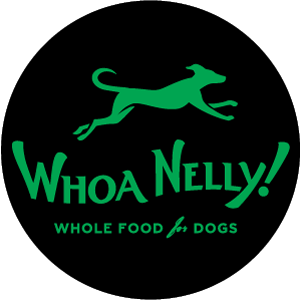The Hidden Carbs In Premium Kibble 🌽
Sometimes a visual can show exactly what's wrong with the pet food industry. Here's how Australia's two most popular kibble brands - Hill's Science Diet and Royal Canin - compared to quality raw food like Whoa Nelly.
To make this a fair comparison the moisture has been removed - which is called a dry matter analysis. It makes it easy to see how the macronutrient profiles of different foods compare.
The graph makes it very clear.
When you feed kibble, you're feeding mostly carbohydrate.
Raw vs Kibble: Macronutrient Comparison
Whoa Nelly - Beef & Chicken
12% carbs
42% fat
46% protein
Royal Canine - Medium Adult
57% carbs
15% fat
28% protein
Hill’s Science Diet - Chicken and Barley
65% carbs
13% fat
22% protein
As you can see, even premium kibble is mostly carbohydrates. Which is strange, because dogs have zero requirement for carbohydrate in their diet 🤬
Royal Canin and Hill's don't list carbohydrates on their nutrition panels. That's because they're not legally required to. And for good reason. When over half your food is carbs, you probably don't want to advertise.
Lots of carbs isn’t healthy for dogs
Why? Dogs don't produce the enzyme α-amylase in their saliva, which helps break down starch. Their digestive system simply isn't designed to handle lots of carbohydrates. Processing all that starch puts stress on their body and creates chronic inflammation.
And chronic inflammation is the number one cause of disease in dogs.
So when your expensive kibble is 65% carbohydrate (literally two thirds carbs 🤯) you're paying a premium price for the cheapest possible calories. Everything in nutrition is a trade off - the higher levels of carbs means there is less room for the protein and healthy fats that dogs actually need.
Dogs eating kibble have higher rates of inflammation and obesity, while raw fed dogs show fewer inflammatory markers. As a group dogs aren't thriving. The numbers above might explain why.






